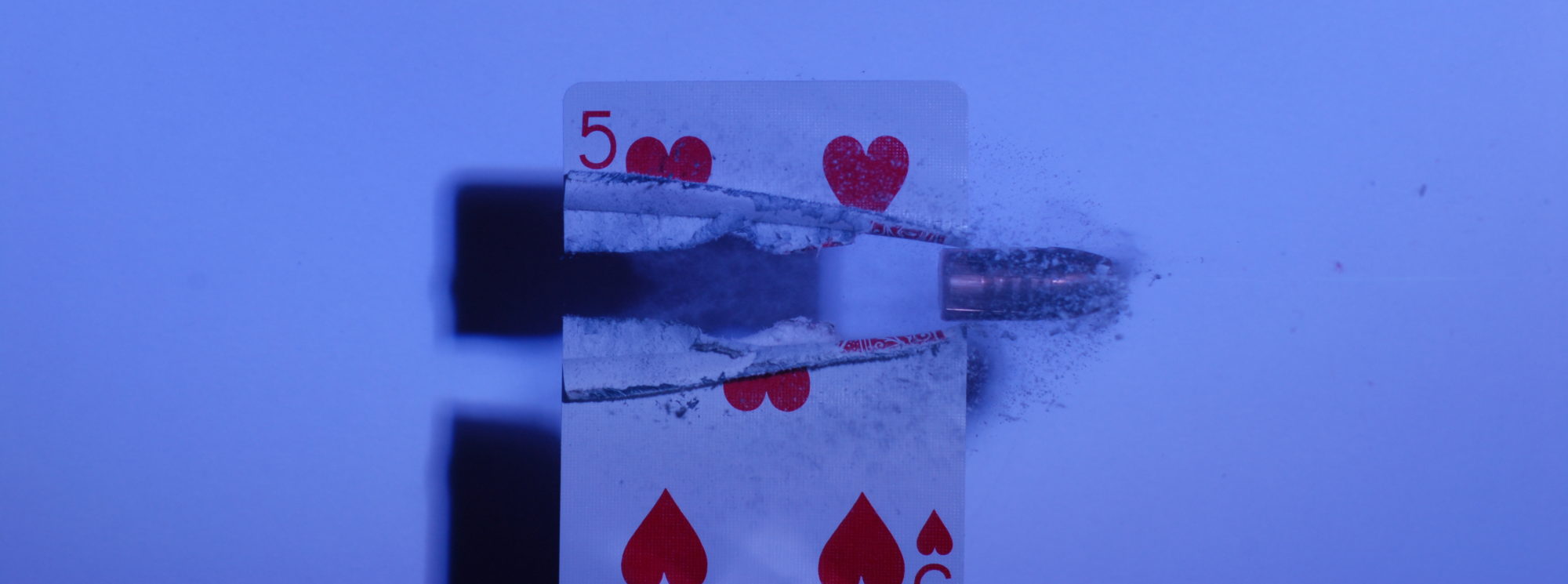If you are in the United States and you are interested in advancing your knowledge of internal ballistics, or thinking of taking your reloading beyond just hobby, then you should take some time familiarizing yourself with the Sporting Arms and Manufacturers Institute, more commonly known as SAAMI. In the United States SAAMI is a voluntary organization that sets standards concerning the Sporting Arms and Ammunition. Manufacturers of ammunition and arms are not required to follow SAAMI Standards, and many do not, but being a SAAMI Member can protect a company from legal liability should SAAMI Standards be followed and an incident occurs.
Prior to SAAMI the Society of American Manufacturers of Small Arms and Ammunition (SAMSAA) was established in 1913 to help facilitate standardization of military arms and ammunition and between different manufacturers . Prior to this standardization there was no guarantees Company A’s ammunition was safe to use with Company B’s Firearms. The standardization helped to ensure compatibility between all companies supplying arms and ammunition to the military. SAMSAA lapsed during the post war 1920’s.
The 1920’s marked a transition period for the firearm industry. Black powder was being superseded by smokeless powder. At the same time the Department of Commerce was learning the lessons of World War One. Copper, Brass and Lead, all elements vital to the war effort, were in short supply during the war, with significant quantities being tied up in warehouses holding now obsolete cartridges. In order to free up these additional resources and develop a means for identifying and disposing of obsolete ammunition Congress requested a reformation of the arms and ammunition society that had been active during the 1913-1920 period.
In early 1926 industry leaders from smokeless powder producers, ammunition and arms manufacturing companies gathered to form a succession group to SAMSAA. This new group called Sporting Arms and Ammunition Manufacturers Institute or SAAMI, took on the arduous process of reducing the countries warehoused metallic loads by 95%. Shotshell loads were reduced by 70%.
SAAMI worked through the 1930’s to survey America’s reduced game populations that had came about due to losses in habitat and over hunting. The product of these studies helped train America’s first wildlife management professionals, promoted a 11% conservation tax on ammunition and firearms for use in conservation efforts, and has help facilitate the conservation of game species and their habitats nationwide.
In the 1950’s the SAAMI saw the need to facilitate and promote hunting and the shooting sports in the United States. SAAMI created an offshoot call the National Shooting Sport Foundation or NSSF, which continues that mission today. SAAMI has remained committed to be the technical resource for the arm and ammunition industry.
During the 1970’s SAAMI began to yet again transform the technical side of the industry by doing away with the old copper crusher method of measuring chamber pressure (CUP) and transitioned the industry to Piezoelectric Transducers for the measurement of Chamber Pressure in Pounds per Square Inch (PSI).
It wasn’t until the Mid-2000’s that SAAMI began actively working with the “Permanent International Commission for the Proof of Small Arms” more commonly referred to as CIP. CIP is the primary body for the regulation and standardization of cartridges in virtually all European nations. Work between SAAMI and CIP helps to ensure that a 30-06 cartridge built in Europe will be safe to fire in an American Rifle.
This has been a very short introduction to SAAMI’s history. For a full detailed history of SAAMI please visit the SAAMI Website www.SAAMI.org.
Because SAAMI is a vitally important to setting standards for everything from Cartridge and Chamber Dimensions to Pressure Testing Standards. An Interior Ballistician should become very familiar with the SAAMI Manuel which is publish online here.

